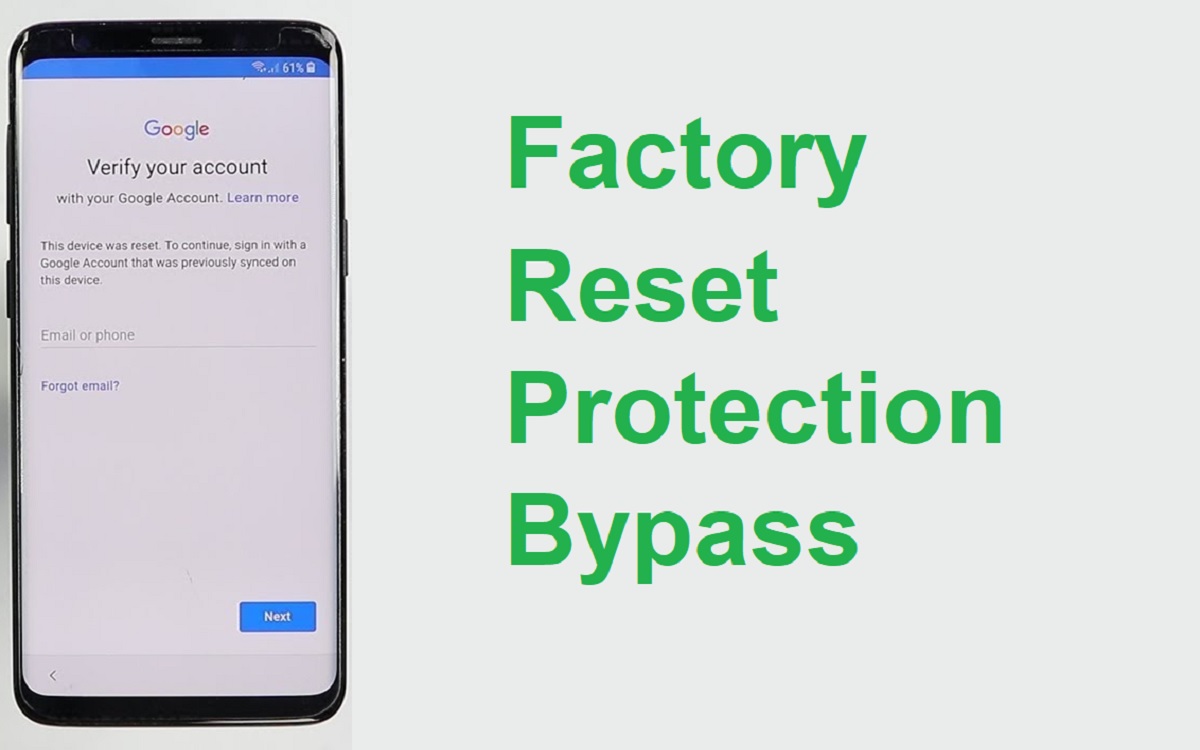Understanding Factory Reset Protection in Android Devices
Factory reset protection (FRP) is an important security feature in Android devices that prevents unauthorized access if the device is lost, stolen or reset to factory settings. When enabled, FRP requires the user to enter the previously associated Google account credentials before the device can be set up after a factory reset.
Recent Released: Facecheck id Review – Is facecheck id Legit Or Scam?
What is Factory Reset Protection?
Factory reset protection is a security layer that was introduced in Android 5.1 Lollipop. When enabled on a device, FRP requires the user to enter the Google account credentials that were previously associated with the device, before the reset device can be set up again [1].
If a thief or unauthorized person tries to factory reset an FRP-protected device to use it or sell it, they will be stopped in the setup process and prompted to enter the device’s original Google account credentials. Without the account details, the reset device remains unusable.
FRP works by linking your Google account to the device. During an initial setup after a factory reset, the device contacts Google’s FRP server to verify your Google account credentials before allowing access to the device.
Why is Factory Reset Protection Important?
Factory reset protection is an essential security layer for the following reasons:
- Prevents Unauthorized Access: FRP prevents thieves or unauthorized people from using your device if it is lost, stolen or wiped. They cannot simply factory reset it for use or resale without your Google account details.
- Protects Personal Data: A factory reset normally erases all data on an Android device. FRP provides an additional layer of protection by requiring your Google account login before settings can be accessed post-reset.
- Anti-Theft Deterrent: The FRP system makes stolen Android devices less desirable, as a factory reset will not allow a thief access or remove device tracking [3]. This deterrent makes devices less lucrative targets for criminals.
- Security Before Usability: While FRP can cause issues if account credentials are forgotten, it is an essential security layer that puts device protection ahead of usability concerns. The risks of unauthorized access outweigh the account recovery hassles.
Without FRP, any lost or stolen Android device could be easily reset to sell or use, with all your personal data and account access lost permanently.
Checking if FRP is Enabled
Before doing a factory reset, it is important to check if FRP is currently enabled on your Android device:
- During Setup: When you set up a new Android device, Google requires you to add a Google account. If FRP is enabled, there will be notifications during setup that your account will be required for future resets.
- Google Accounts Page: Go to “Settings – Accounts – Google” and check for notifications about requiring your Google account during resets [5].
- Third-party Apps: Some apps like Cerberus anti-theft can check and notify you if FRP is enabled on the device [6].
You can also contact your mobile provider or device manufacturer for details on whether FRP can be enabled. Some older or lower-end devices may not support the feature.
Risks of Bypassing FRP
While there are guides online for bypassing FRP, it is not recommended for the following reasons:
- Voids Warranty: Tampering with security features may violate warranty terms with your device provider [7].
- Bricks the Device: Bypass tools can damage software and make the device unusable if the process fails.
- Account Ban: Google may ban accounts used repeatedly with unauthorized FRP bypasses [8].
- No Guarantee: Bypass tools and exploits eventually get patched. There is no guarantee any current bypass method will work on all devices.
- Legal Issues: Bypassing security protections may violate terms of service or device access laws [9].
The risks make FRP bypass inadvisable for most users. Contact the device provider for support with FRP issues.
Properly Disabling Factory Reset Protection
If you need to legitimately disable FRP, such as when selling or passing your device to someone else, follow these steps:
- Back Up Data: Copy important data to another device or online storage. The factory reset will erase all data.
- Remove Google Accounts: Go to Settings -> Accounts -> Remove All Google Accounts.
- Perform Factory Reset: Go to Settings -> General -> Reset -> Factory Data Reset. This will erase data and remove FRP.
- Set Up Device: The new user can now set up the device without needing your account credentials.
Remember to remove all Google accounts first, or the FRP lock will still be enabled after resetting!
When You Should Enable Factory Reset Protection
Enabling FRP provides an essential security layer for most Android device users and is recommended if:
- You have sensitive personal or financial data on your device.
- Your device has access to other sensitive accounts, e.g. email, banking, etc.
- Your device is at a high risk of being lost or stolen.
- You have access to tracking services that you want to protect.
- You cannot afford to lose the data or access on your device.
As device security continues to grow as a priority for users, expect to see FRP expanding as a requirement across most new Android devices. Understanding this feature is vital for protecting your smartphone from unauthorized access after it is stolen or wiped.
Conclusion
Factory reset protection is now a crucial security layer for Android devices that prevents unauthorized access if a device is lost, stolen or wiped. Understanding what FRP does, when it should be enabled, and the risks of bypassing it allows users to balance security and usability. While a locked device may seem broken, FRP is doing its job to protect your data and accounts.
